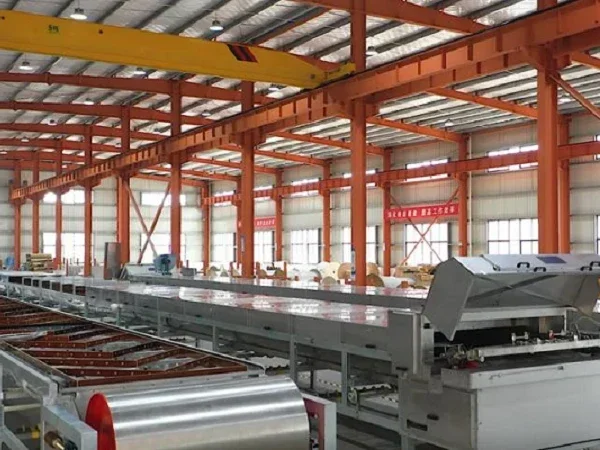In recent years, the global population has been steadily increasing, placing immense pressure on the agricultural sector to produce more food. To meet this growing demand, farmers are turning to advanced technologies and innovative solutions. One such solution is the compound fertilizer granulator, a revolutionary machine that has transformed the way fertilizers are produced and applied. This article Little Sky explores the compound fertilizer granulator and its benefits on modern agriculture.
What is a Compound Fertilizer Granulator

A compound fertilizer granulator is a machine used in the production of compound fertilizers. It transforms raw materials, such as nitrogen, phosphorus, and potassium, into granules that are easier to handle and apply. These granules contain a balanced ratio of essential nutrients required for plant growth.
How a Compound Fertilizer Granulator Works
The compound fertilizer granulator utilizes a combination of mechanical and chemical processes to convert raw materials into granules. The raw materials are first mixed thoroughly to ensure a homogeneous blend. Then, the mixture is fed into the granulator, where it undergoes compaction and extrusion. The resulting granules are then dried and cooled before being packaged for distribution.
Benefits of Using a Compound Fertilizer Granulator
There are several benefits of using a compound fertilizer granulator, including:
1. Improved nutrient availability
Compound fertilizers contain a balanced combination of essential nutrients, such as nitrogen, phosphorus, and potassium. The granulation process helps to evenly distribute these nutrients throughout the fertilizer, ensuring that plants receive a consistent supply of nutrients for optimal growth and development.
2. Reduced nutrient loss
Granulated compound fertilizers are less prone to nutrient loss through leaching or volatilization compared to non-granulated fertilizers. The granules provide a protective coating around the nutrients, preventing them from being washed away by rainwater or evaporating into the atmosphere.
3. Controlled release of nutrients
Some compound fertilizer granulators are designed to release nutrients slowly over time, providing a steady supply of nutrients to plants. This controlled release feature helps to prevent nutrient overload or deficiency, promoting healthier plant growth and reducing the risk of nutrient wastage.
4. Enhanced soil fertility
Compound fertilizers can improve soil fertility by replenishing essential nutrients that may be lacking in the soil. The granules break down gradually, releasing nutrients into the soil, which are then absorbed by plant roots. This helps to maintain a nutrient-rich soil environment, supporting the growth of healthy and productive plants.
5. Ease of application
Compound fertilizer granules are typically uniform in size and shape, making them easy to handle and apply. They can be spread evenly across the soil surface or incorporated into the soil using various application methods, such as broadcasting, banding, or side-dressing. This ease of application saves time and labor compared to using non-granulated fertilizers.
6. Cost-effective
Compound fertilizer granulators allow for the efficient use of fertilizers by reducing nutrient losses and ensuring targeted nutrient delivery to plants. This can result in cost savings for farmers and gardeners, as they can achieve desired plant growth with lower fertilizer application rates.
The compound fertilizer granulator has revolutionized modern agriculture by enhancing fertilizer efficiency, promoting environmental sustainability, improving crop yield and quality, and offering cost-effectiveness and time efficiency. Its ability to convert raw materials into uniform granules with controlled nutrient release has transformed the way fertilizers are produced and applied.
As the global population continues to grow, the compound fertilizer granulator will play a crucial role in meeting the increasing demand for food while minimizing the environmental impact of agricultural practices.









Comments (0)